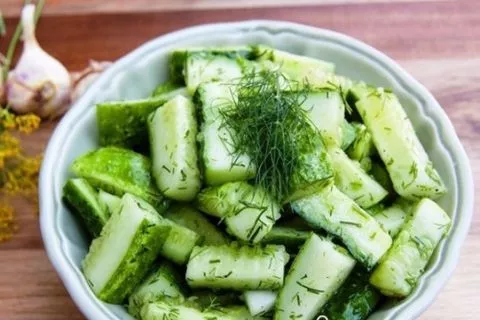Soil density: classification and what it depends on, what types are distinguished and optimal numbers
Soil is a heterogeneous dispersed system that has 3 phases in its composition: solid, liquid and gaseous. Soil density indicators are a physical quantity that depends on the composition of the soil and affects yield, moisture and air permeability. Therefore, its values are important in determining the type of crops for the optimal development of agriculture in the region.
Representation of soil density
Soil density is the mass per unit volume of absolutely dry soil, taken in natural composition. Written in grams/cubic centimeter.The indicator depends on the amount of organic component in the soil, mineralogical, granulometric composition. It can change during the mechanical processing of the earth, under the influence of mechanisms, due to its large weight.
The loosest land becomes after plowing, harrowing, gradually compacting during the season and reaching constant values characteristic of a particular region. Above 1.7, no crops can be cultivated.
Distinguish between equilibrium constant, optimal, critical density. It can be used to determine the classification of the soil, to find out for the cultivation of which crops it is suitable.

| Density value, grams/cubic centimeter | Ways to improve | |
| 0.8-0.9 | Potatoes, vegetables | 1 digging, sowing green manure, applying organic fertilizers. |
| 0.9-1.0 | Optimal for vegetables, root crops, potatoes | 1 dig, about 3 kilograms of manure per square meter. |
| 1.0-1.2 | Vegetables grow worse, optimal for root crops | 1-2 digging, organics, green manure |
| 1, 2-1,4 | Suitable for cereals, berry bushes, not suitable for vegetables and potatoes | Applying sawdust and peat every 4-5 years for loosening soil, sowing oats and buckwheat, organic, 2 digs most crops |
| More than 1.6 | Critical Density | |
High values affect the degree of oxygen supply to plants, the development of the root system, and the ability to retain moisture. That is why, the higher they are, the less suitable the plot for cultivation, the more effort must be made to obtain a good harvest.

What does it depend on?
The level of values of a physical quantity depends on the mineralogical composition, quantity and quality of the organic component of the fertile layer. For example, the presence of a large amount of peat in the ground reduces the density. The indicator is affected by the quality of processing of the fertile layer. Now consider the soil density categories:
- The equilibrium constant density is the level that the soil acquires some time after mechanical processing, it depends on the quality of the soil on the site.
- Optimal - these are the indicators that are best for the growth and development of the selected crops on the site. Value - from 0.9 to 1.2.
- Critical is the value at which the soil has the highest density. It is no longer possible to plow it open and bring it back to normal. From 1.6 to 1.9.
Indicators of equilibrium and optimal values can differ significantly.

How to identify it?
Usually, the indicator is determined in the laboratory, when setting the values yourself, you need to take a glass container (for example, a jar with a capacity of 250 or 500 grams), weigh it empty, with an accuracy of 1 gram. Fill the container with soil to the brim, without breaking lumps. Put a jar of soil in the oven and hold for 5-6 hours at a temperature of 90-100 ° C. Weigh the container after cooling and calculate the density. It is necessary to divide the mass of dried soil by the volume of the container.
The quality of the land on the site is improved by adding sand, peat, sawdust to the land on the site. Seeding green manure will improve the soil with different densities. Sandy areas will be enriched with humus after decay of plant residues, dense clay soil will be successfully loosened by the roots of oats and buckwheat, penetrating deep into the ground.
Recommended
Mechanical composition of the soil: what determines the classification, types and how they differ

Features of the mechanical composition of the soil. Brief characteristics of sandy, sandy, clayey and loamy soils. The value of soil parameters for growing plants.
How many quails can be kept in one cage: stocking density and what it depends on

We figure out how many quails can be kept in one cage, which affects the stocking density, according to what characteristics birds are grouped, how many heads per square meter of area.
Milk density: what the table of indicators in kg m3 depends on, how to increase

The concept of the density of cow's milk and its norms, factors affecting the indicator, the possibility of increasing it, methods of measurement in production and at home.

